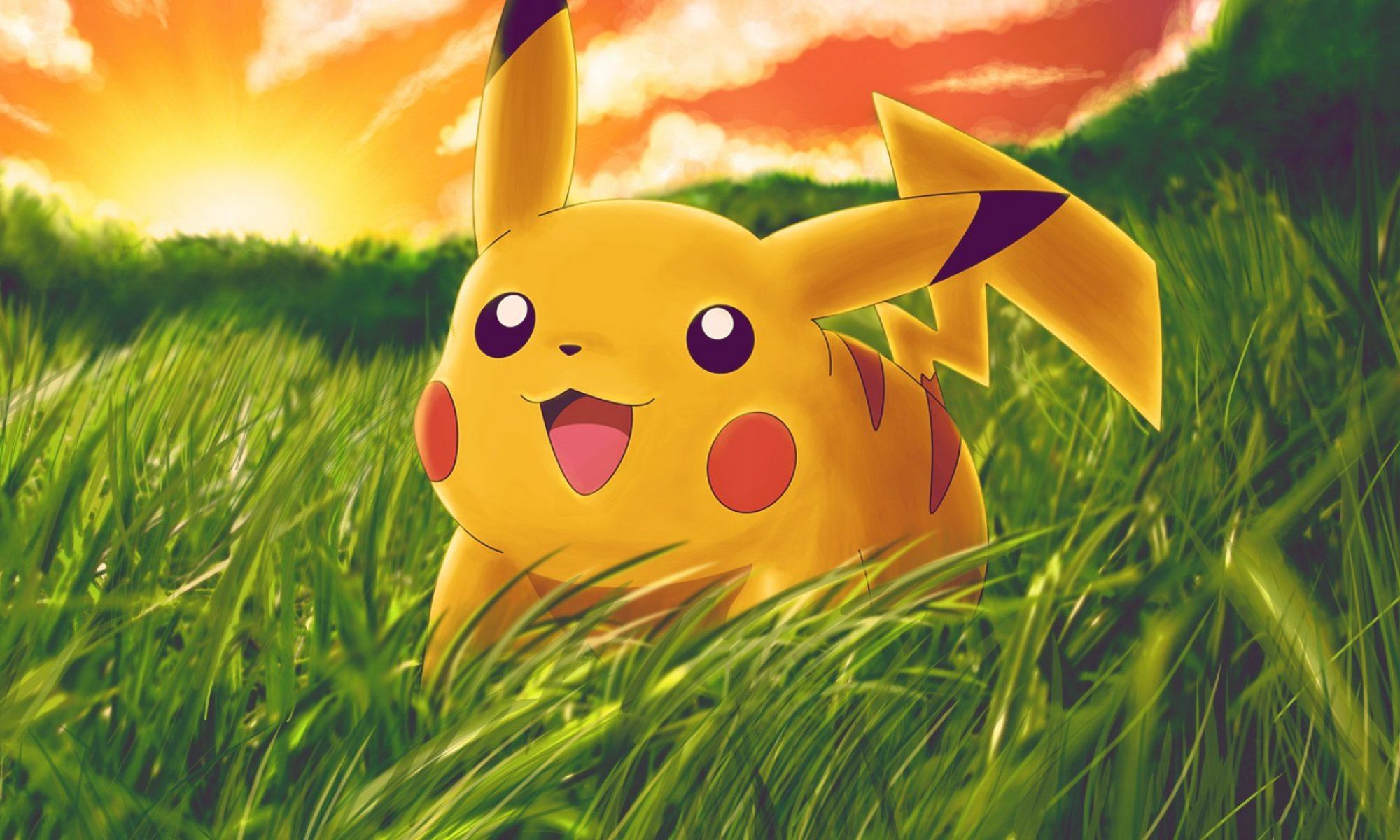By Jill/Redterror117
Out of all the Pokemon generations released by Nintendo over the years, the second generation of Pokemon games (Gold, Silver, and Crystal) are probably the most influential of the series, not including the first generation (which started everything off). Out of all of the games following the Red, Blue, and Yellow games, the second generation adds more than any other.
Probably one of the biggest changes that the second generation brought to the series was the introduction of two new types: Steel and Dark. None of the games following the Gold, Silver, and Crystal series have added new types of their own, neither have they altered the typing of Pokemon, as the second generation had (though this was to incorporate the two new types, such as changing Magemite and Magneton from Electric to Electric/Steel types). The addition of the two new types helped to balance the system, as the Psychic type had become overpowered since the first generation.
Along with the addition of two new types, another key system was introduced in this generation of games: Gender. While the Daycare center existed in Red, Blue, and Yellow, the second set of Pokemon games made further use of this service, allowing two compatible Pokemon of opposite genders to breed together, producing an egg. Furthermore, the stats and moves of the new Pokemon are determined by the parents that created it. With the ability to breed Pokemon together, Ditto gained a new outlook on its existence: rather than just being for show, its ability to transform into another Pokemon made it capable of breeding with any Pokemon it was placed with, on the exception of legendary Pokemon (which had no gender). This became particularly useful with the introduction of Baby Pokemon as well, special Pokemon that could only be obtained through breeding two specific species together, such as two Pikachu for a Pichu, or two Clefairy for a Cleffa. As it duplicated the other parent, it became easier to breed without having to get two opposite genders, especially if the parents were rarer Pokemon.
Though the legendary Pokemon are still considered to be quite rare, the second generation brought forth a whole new level of rarity: shining Pokemon. Based off an alternate colour, these Pokemon have a rare chance to occur in the wild (the odds being 1 in 8192 to be specific), and because their shininess is determined by their IV values (and not a different value), they can be traded back and forth from first generation games without losing this special quality. Since their release, Shiny Pokemon have become well sought after due to their popularity, guides springing up on how to breed for them (due to the method the game uses to determine whether or not they will be shiny, though in later generations an individual variable was made for this quality).
Apart from these there are still many more improvements that were brought on through the Gold/Silver/Crystal era, such as the introduction of a true happiness value (though Yellow came up with this prior, it didn’t have any other effect in the game), hold items, and a device with multiple functions (the Pokegear in the second generation, which returned in the following games as improved devices). Even though all of these systems would later on be refined and improved for better implements, if it were not for this set of games, none of these new features would have appeared throughout the rest of the series.
Tags: Heart Gold, Nintendo DS, Pokemon Black & White, Soul Silver
